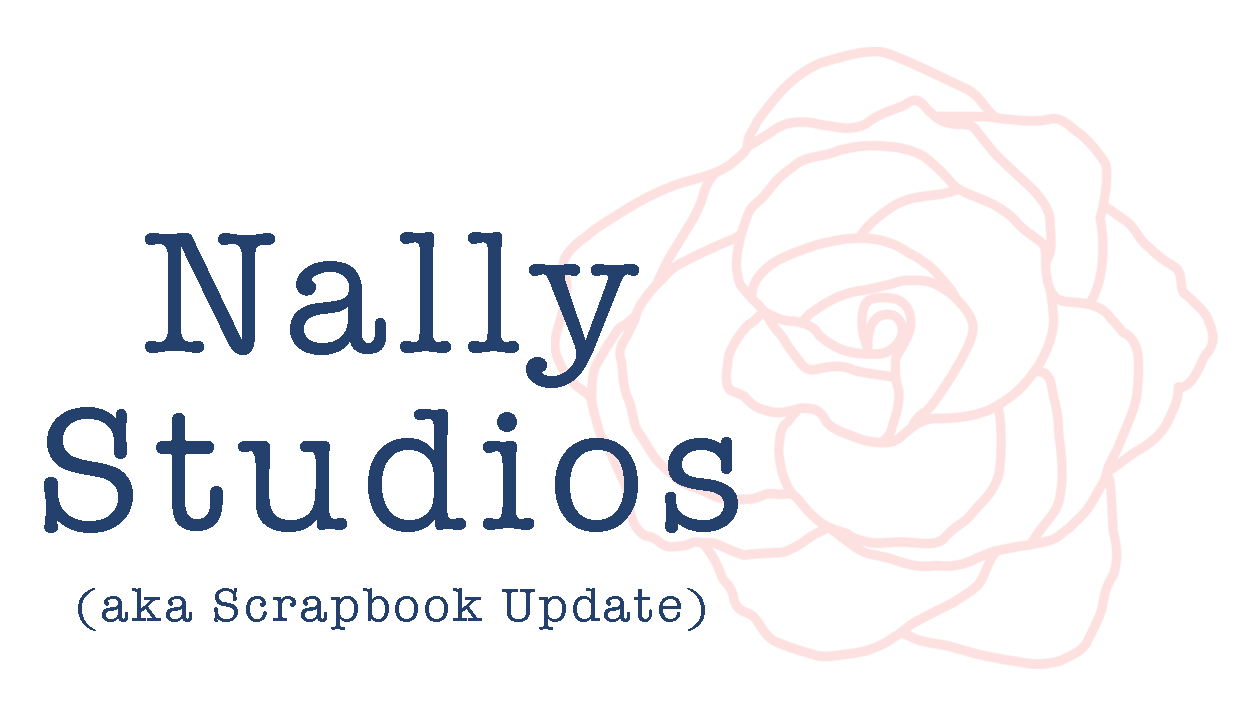Review | Card Design Handbook by Paper Crafts Magazine
Back to school time is just about over and that means for many of us that next it will be time to turn our attention to Christmas - or rather, making Christmas cards, at least.
Personally, I often struggle with translating my 12x12 layout design skills to an A2 sized card. So I was really excited to hear about the new Paper Crafts Magazine special issue "Card Design Handbook". I snatched up a copy for the $14.99 cover price at my local crafts store, and dived right into it. It not only lived up to my expectations, it exceeded them.
At first glance, Card Design Handbook looks like just a gallery of ideas for cardmaking. A closer look, however, shows that it is divided into sections by various design topics, and then into sub-sections within those topics. There are sections on composition, color, and style. Within those sections, readers can learn about topics as diverse as focal point, quiet space, color temperature, assymetry, and a variety of other design principles.
Each page has, alongside its example cards, little nuggets of design knowledge in captions labeled as either a "Lesson in Design" or a "Design Tip". As someone who has done plenty of previous learning about design principles, I found that there was still plenty to learn from Card Design Handbook. Many of these principles I'd never seen discussed specifically in relation to cards before, so seeing them utilized and explained as they relate specifically to this format broadened my understanding of how to use them.
Because the book is designed in sections that are well-focused to cover each individual design topic, it makes a useful reference if you are struggling with a specific aspect of your card's design, or if you want to do an exercise to improve your skills in a certain area. You can just flip to the specific section on the topic you want to use, and get to work!
I made a couple of cards this week with the aid of the Card Design Handbook. For the first card, I used the Handbook to guide me in trying to improve my work with specific techniques that I struggle with. I referred to the "Balance" principle sections on "Repetition" (p. 59) and "Quiet Space" (p.47) in designing a card that stretched my skills. These are two design principles that I have always struggled with. They never look right to me when I try to execute them. The result was this "Thank You" card:
Supplies | card: DCWV. Patterned paper: Echo Park Sweet Day (6x6 paper pad). Cardstock: Ranger Inkssentials (Specialty Stamping Paper). Embellishments: Pebbles Hip Hip Hooray (Stitched Dimensional Circles). Ink: Tim Holtz Distress (Picked Raspberry - Summer 2012 Seasonal). Stamps: Hero Arts (Everyday Sayings). Fiber: Doodlebug Design Doodle Twine (Bright Assortment). Other: sewing machine, thread.
I used the Pebbles stitched circles to play with the concept of repetition, and balanced that heavily embellished area with a large area of quiet space.
Although my first card was created by using the Handbook to guide me through general concepts, the design advice in the Handbook can be interpreted more literally if you would like. The card below is an interpretation I made of the card by Veronica Zalis that appears on page 55, in the texture section of the Balance topic:
Supplies | Card: DCWV. 6x6 Paper Pads: My Mind's Eye (Stella & Rose: Mabel, Miss Caroline: Dolled Up). Die: Sizzix Movers & Shapers (Mini Ornamental). Stamp: Hero Arts (Circle Lace). Ink: Tim Holtz Distress Embossing Pad. Embossing Powder: Stampin' Up! (Winter White). Brads: My Mind's Eye (Follow Your Heart), Echo Park (This & That). Stickers: Martha Stewart (Pom Pom Layered Flowers). Fiber: Doodlebug Design Doodle Twine (Gray).
The background of the card is a very literal interpretation, just with a change of color from blue to brown for the wood paper. But after that I got a bit more interpretive. I changed the paper doily to a stamped one, traded ribbon for baker's twine, and added a few more embellishments than were on the original.
Whether you are a beginner or a more advanced card maker, I highly recommend Paper Crafts Magazine's Card Design Handbook. It's an enjoyable and instructive read, and a useful reference to have on hand to assist in making cards of all kinds.



